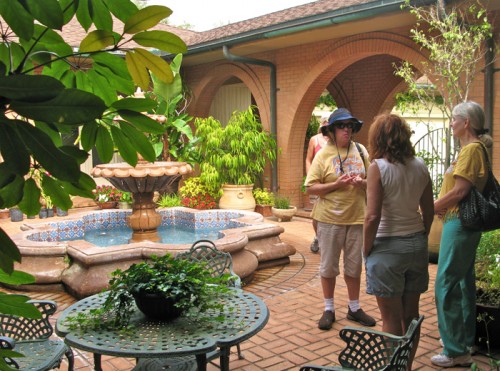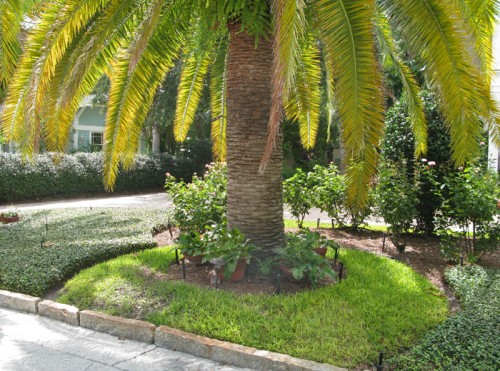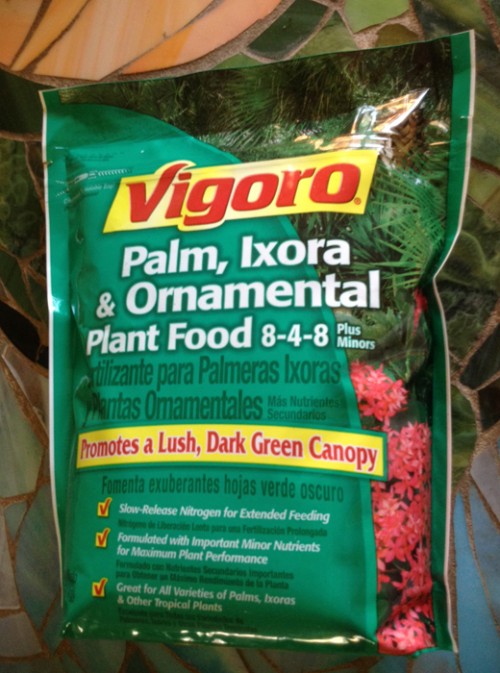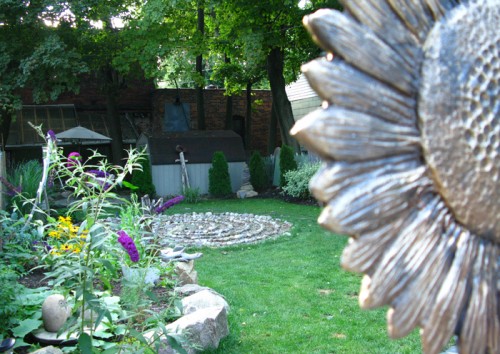In a time of crisis, Garden Fairies call on the “Garden Fairies Rescue Brigade”. We’re sort of like Ghost Busters minus the ghost but with a lot Fairy Dust and , well, dirt. Usually the ‘Fairies transform gardens in a matter of hours. But this time, the Fairies assembled to help out Garden Fairy Heather who has given so much to others. Horribly, this January, Heather’s homestead was burned, and needed to call upon the GFRB.
Dirt and destruction
Heather’s house sustained major damage from a fire that started in her garage. Luckily, she was away at the time of the fire. (Oh, the HUMANITY!) Dealing with the insurance company and all the rest that goes along with a house fire is overwhelming. When your house AND ALL YOUR BELONGINGS are completely damaged, there is no place to escape to and every surface is dirty, wet or destroyed.
[portfolio_slideshow id=4463]
Garden cleanup, a low priority
Fortunately, Heather’s beautiful backyard retreat was not damaged by the fire. All that was needed was an end of winter spruce up , normally accomplished over month or two, a couple of hours at a time. This year, the garden cleanup was trumped by a trashed house. To the rescue came 20 Garden Fairies and Wizards who put in close to 80 hours to transform Heather’s backyard.
Shoring up “the chill zone”
Heather requested that most of the cleanup be centered on the backyard, “the chill zone”. Garden beds were weeded and mulched, shrubs were shaped, the patio was organized, pots from the front yard were relocated to the backyard. Patti and her brother sorted debris in the garage while Lowell fixed Heather’s fire scorched truck (another deranged arson attempt). The partially burned Staghorn Fern was re-located, by a small army, lead by Toddie and Charlie. Imagine the DEPRAVITY… burning perfectly good plants!
Multiple people paid-it-forward for Heather
The Garden Fairy tradition is to commune, post-transformation, over lunch. This time, the glow of helping Heather was strong. In the immortal words of Ralph Waldo Emerson;
“In the order of nature we cannot render benefits to those from whom we receive them, or only seldom. But the benefit we receive must be rendered again, line for line, deed for deed, cent for cent, to somebody.”
See more photos from the cleanup at http://gallery.me.com/snehin#100503






